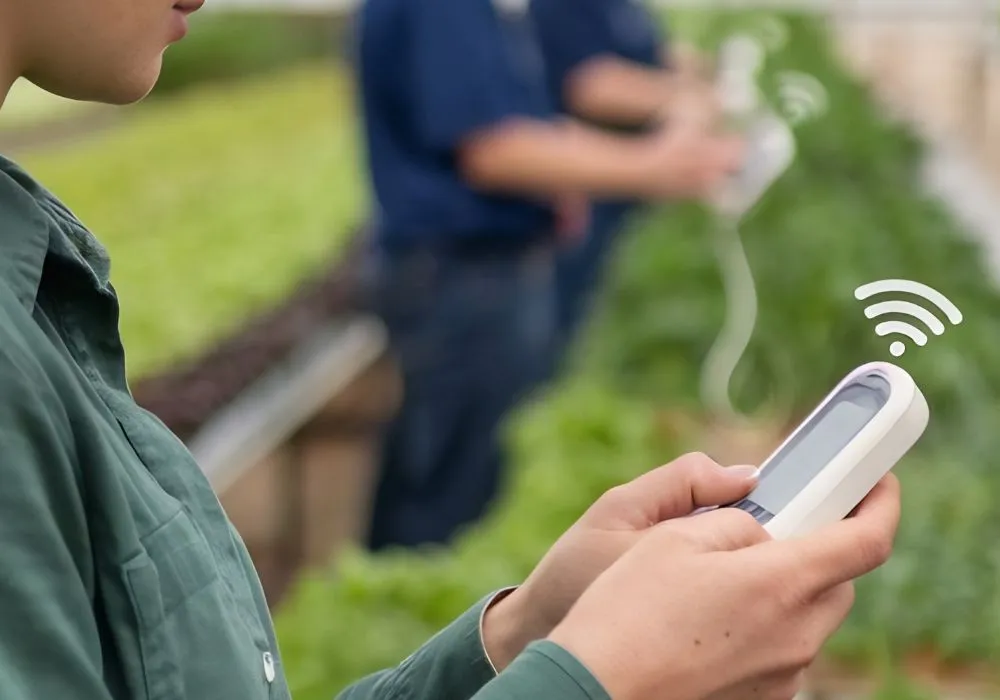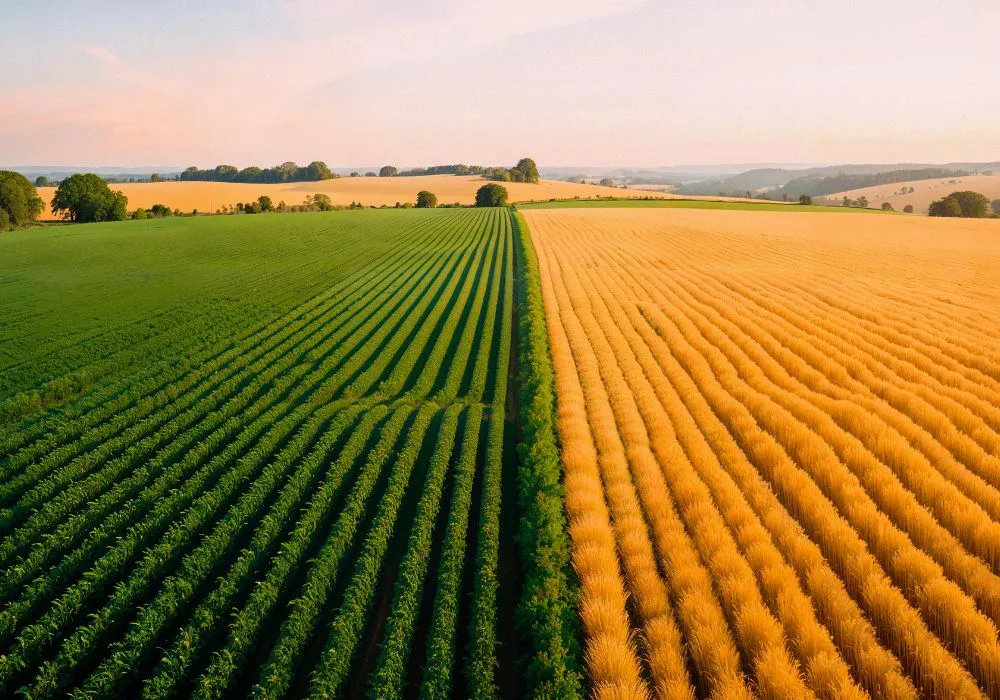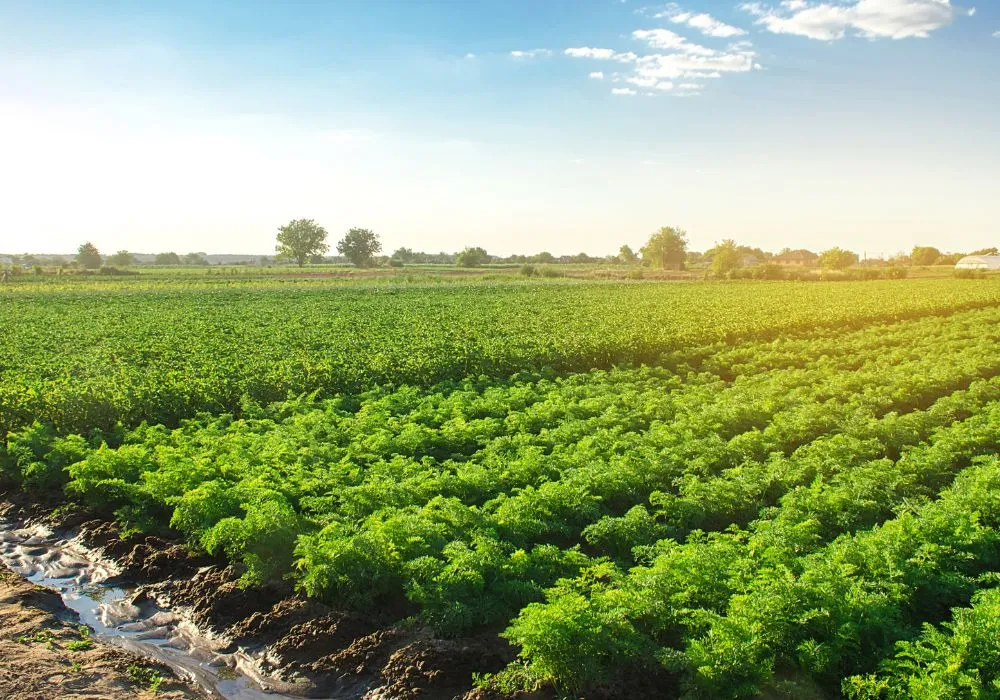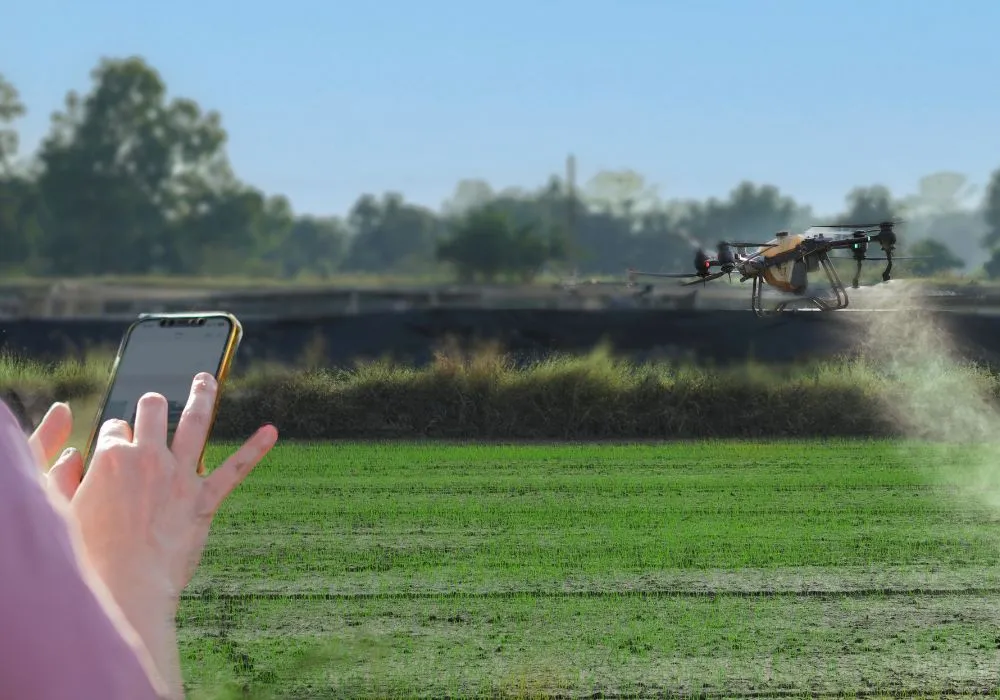The image of farming is rapidly changing from traditional manual labour to a high-tech, data-driven industry. Agricultural technology, or AgTech, is revolutionizing every aspect of Canadian farming, leading to greater efficiency, improved sustainability, and higher yields. Understanding this technological shift is crucial for anyone invested in the agricultural sector.

What is AgTech (Agricultural Technology)?
AgTech refers to the use of technology—including software, hardware, and data analytics—to improve and optimize agricultural processes. The goal is simple: to produce more with less. This includes everything from GPS-guided tractors to sophisticated sensors that monitor soil health in real-time.
Precision Agriculture: Farming with Data
Precision agriculture is at the heart of the AgTech revolution. It involves collecting and analyzing data to make highly specific and informed decisions about farm management.
GPS and GIS Mapping
Global Positioning Systems (GPS) and Geographic Information Systems (GIS) allow farmers to map their fields with incredible accuracy. This enables precise control over planting, fertilizing, and harvesting, reducing overlap and saving significant costs on inputs like seeds and fertilizer.
Variable Rate Technology (VRT)
Working in tandem with GPS mapping, VRT allows application equipment to automatically adjust the amount of input (seed, fertilizer, water) it applies to different areas of a field. This ensures that each part of the field gets exactly what it needs, optimizing crop health and minimizing waste.

The Role of Drones in Modern Farming
Unmanned aerial vehicles (UAVs), or drones, have become an invaluable tool for Canadian farmers.
Crop Monitoring and Health Assessment
Equipped with advanced cameras and sensors, drones can fly over hundreds of acres in minutes, providing a bird's-eye view of crop health. They can identify issues like pest infestations, nutrient deficiencies, or irrigation problems long before they would be visible from the ground.
Efficient Spraying and Seeding
Larger, more robust drones are now being used for targeted spraying of pesticides or herbicides and even for spreading cover crop seeds. This is particularly useful in hard-to-reach areas and minimizes soil compaction from heavy machinery.

How Technology Impacts Farmland Value
The adoption of AgTech has a direct impact on the value and productivity of farmland. Farms that are equipped with or are suitable for modern technologies are often more attractive to buyers. For instance, large, open fields are better suited for GPS-guided equipment than small, irregular plots. Access to reliable broadband internet, once a luxury, is now a necessity for data management and is becoming a factor in property valuation.

Conclusion: The Future of Farming is Here
Technology is no longer just an add-on; it is fundamental to the success of modern Canadian agriculture. For farmers, it means more sustainable and profitable operations. For investors, it represents a new layer of analysis when evaluating a property's potential. As AgTech continues to evolve, it will further solidify Canada's position as a global leader in agriculture.

